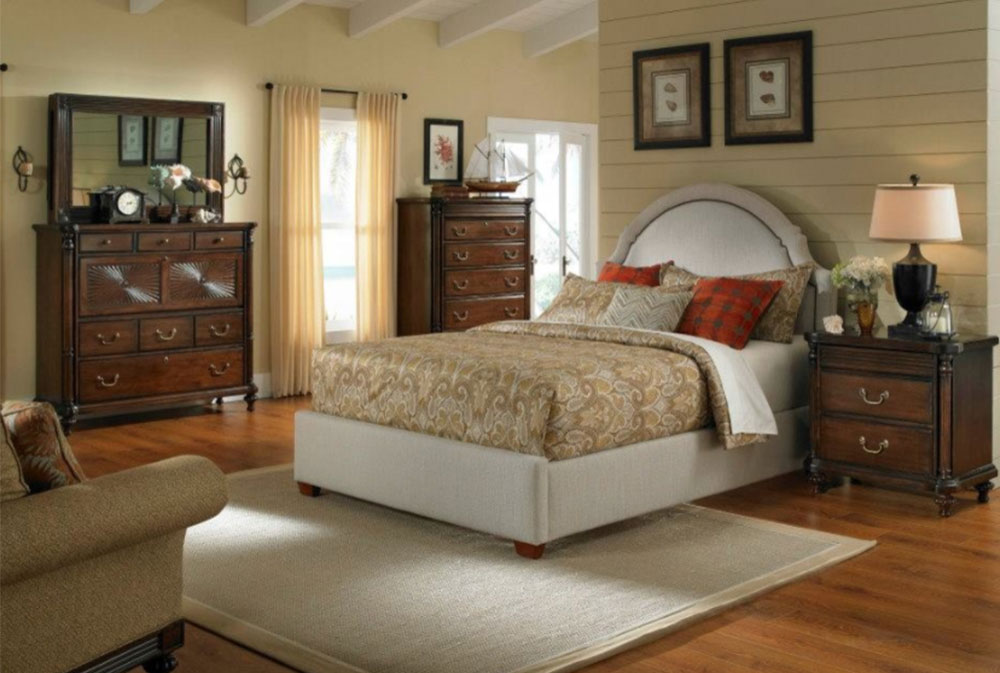Advertisement
You may never have heard of Bunkie boards unless you own a platform bed and would find one quite useful.
Did it occur to you that the space slats on the platform that cause gaps on the mattress may not be inevitable? This is exactly the trouble. Bunkie boards and mattress boards can spare you.
So what is a Bunkie board? This article will help you familiarize with this useful bed addition, and instruct you on how to use it.
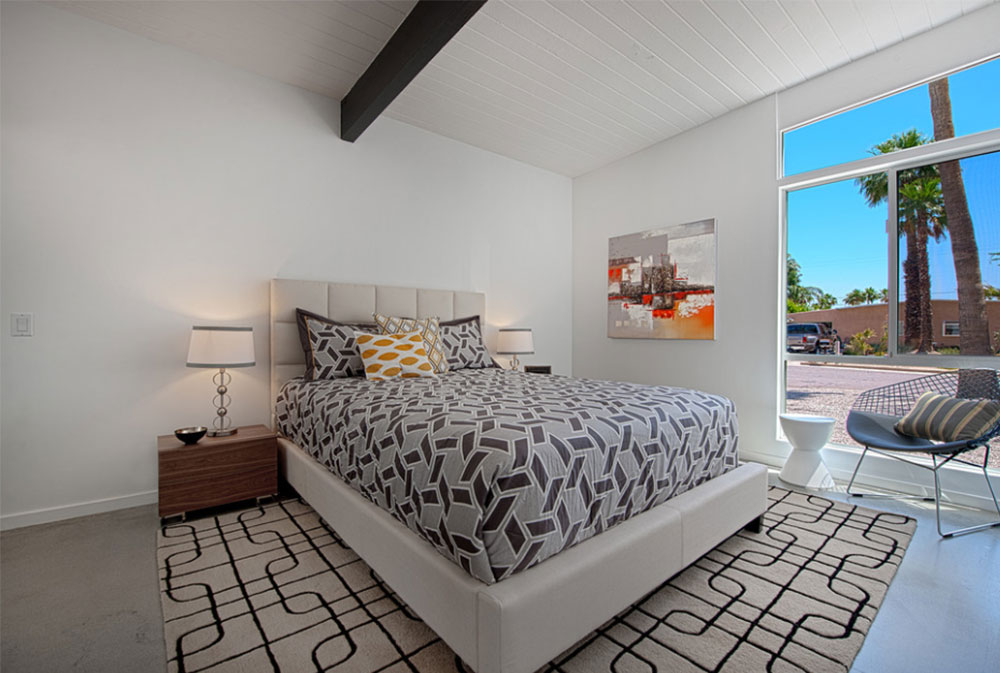
Image source: NDC Homes, Inc.
You may be asking ‘What is a bunkie board?” In general, full Bunkie boards are flat boards made of wood that is cut to the exact size of your mattress and then placed right underneath it. You can find all types of Bunkie boards, in all sizes, thicknesses, and from all different wood types. You can even make your own DIY bunkie board if you need to.
A good idea would be to get an IKEA Bunkie board, as the company offers such in all sizes and heights, and yet charges a moderate price everyone can afford. There, you can even find memory foam box springs, twin Bunkie boards, and other cool widgets for a comfy bed. An IKEA bunkie board is a popular choice.
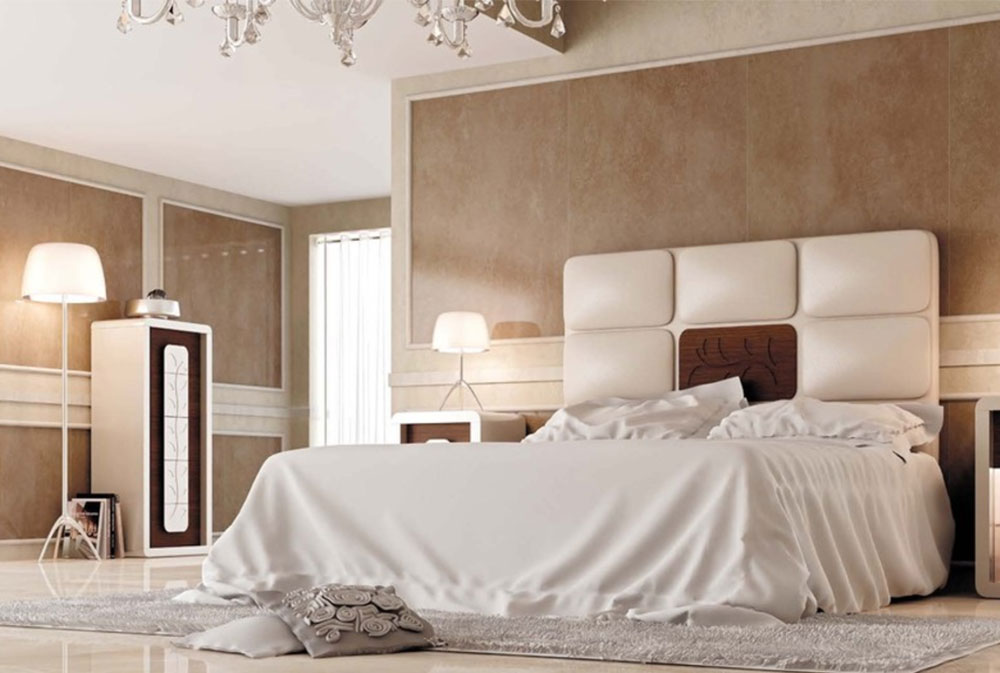
Image source: Macral Design Corp
How are Bunkie board used?
At this point, you may be asking “what is a bunkie board?” What a Bunkie board does is essentially replace a box spring. Choosing a bunkie board vs box spring is often for minimalist homeowners. A bunkie board would suit owners with mattresses that depend on such springs. Their basic and minimal design maintains the low profile appearance of the mattress, but nonetheless protects and supports the mattress.
You will find it particularly useful for a mattress that can’t sit on a slat and needs a flat and solid surface instead. Bunkie board vs slats is a choice made to preserve the mattress.. People also purchase the platform bed Bunkie board to arrange bunk beds and save some space.
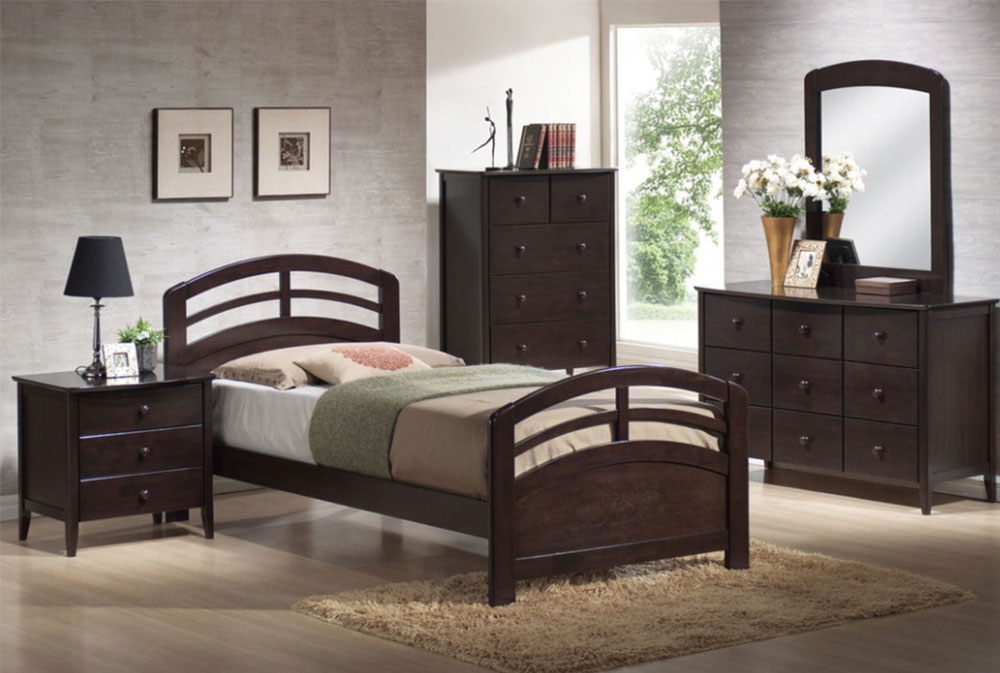
Image source: TheBedroomSets
Will a Bunkie board work with your memory foam mattress?
You might be asking “do I need a bunkie board for my memory foam mattress?” The answer is a simple Yes! A sturdy foundation will work even better for memory foam mattresses, as they are heavy, and could always use some additional support.
In this case, we recommend the thickest board you can find (two-three inches), or a slats bed frame, assuming that the slats are a bit wider than usual. Remember that weight also needs to be evenly distributed, so in case you have a queen size mattress support it with a fifth leg in the middle.
Will plywood work for a DIY Bunkie board?
A plywood bunkie board makes a great DIY choice. It is solid and cheap, and you can get it in any local home supplies store. With the right tools, you can make a Bunkie board instead of buying one, but take care of the proper thickness and the precise measurements. If you’re uncertain, we’ll provide information on how to make bunkie boards later on. Bunkie board DIY is a great option to preserve the life of your mattress.
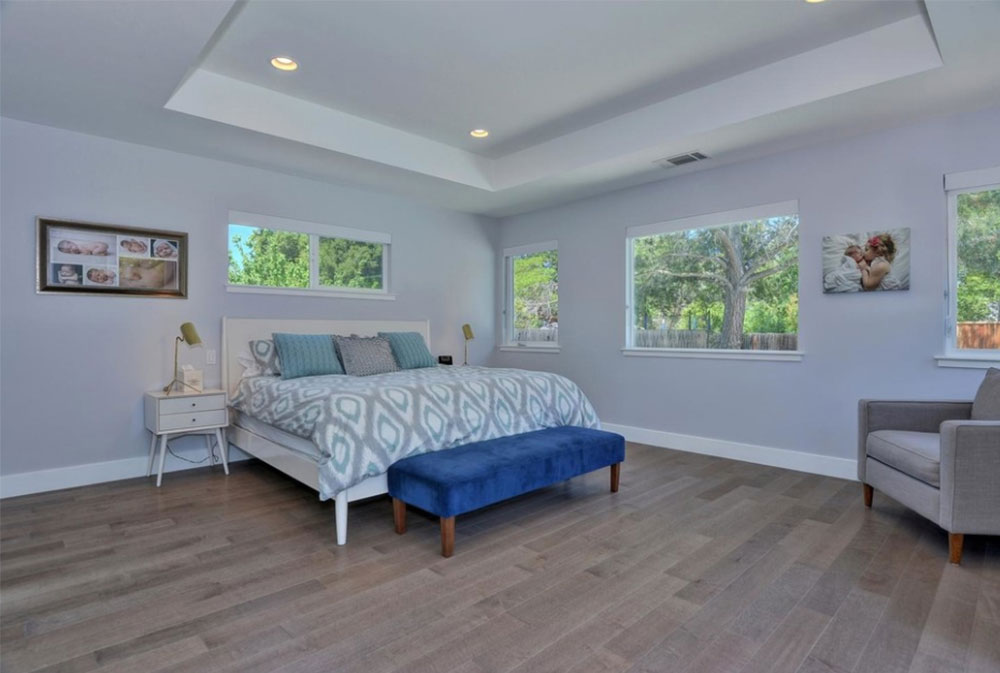
Image source: BD Residence by Via Builders Inc
Do Bunkie beds replace slats?
In most cases they do, but with a mattress that can’t go without a spring box inside it, Bunkie boards won’t exactly save you the trouble. Instead, you’ll need a foundation with no springs and ideally nothing you should flex.
Getting/making a Bunkie board instead of a box spring is a good way to go, keeping in mind that these boards are strong enough to support both the mattress and the people who will be using it. At the same time, they provide low-profile and easy support. A bunkie board will adjust easily to the height of bunk beds and similar sleeping surfaces. You can use your bunkie board on top of slats to support your bunk beds.
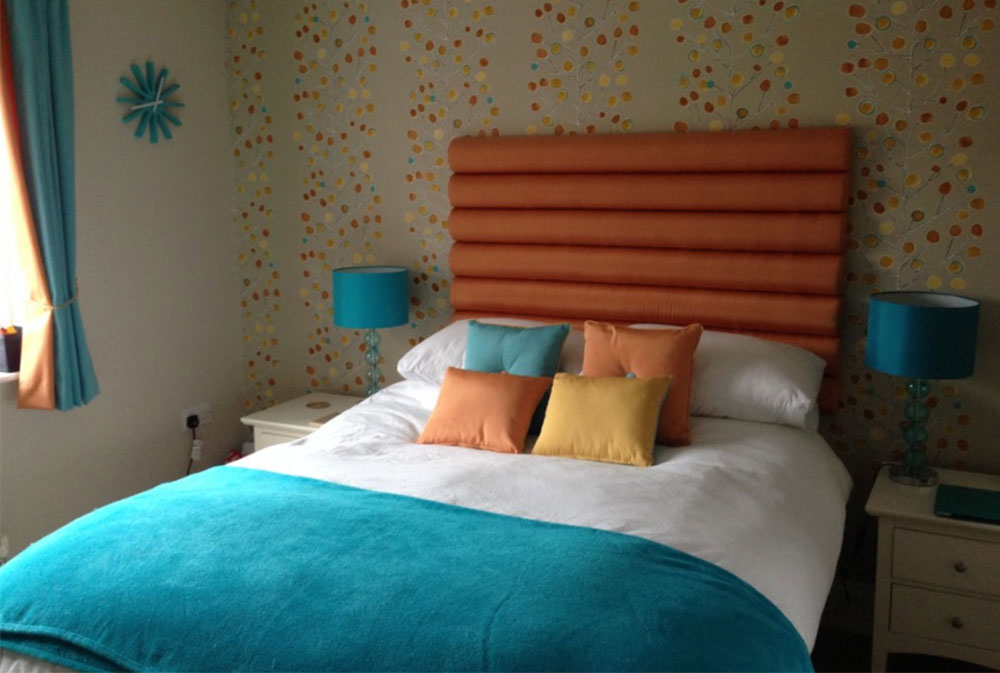
Image source: Briggate House Interiors
With a more solid surface underneath your mattress, you won’t only get extra support, but also restrict the airflow under your mattress and therefore reduce serious problems in certain environments.
Due to the support they provide for your body, slatted support surfaces are always a smart idea, and it is worth it to build a bunkie board even if you don’t think you need one.
Are Bunkie boards and spring boxes the same thing?
Bunkie beds are, as we already mentioned, large boards made of plywood that we can place under our mattress. You don’t have to choose between a bunkie board or box springs, however. People sometimes use a solid bunkie board with older box springs or other platforms and foundations that have so far supported their heavy mattresses. Placing your bunkie board on top of box spring base sets will maintain this support.
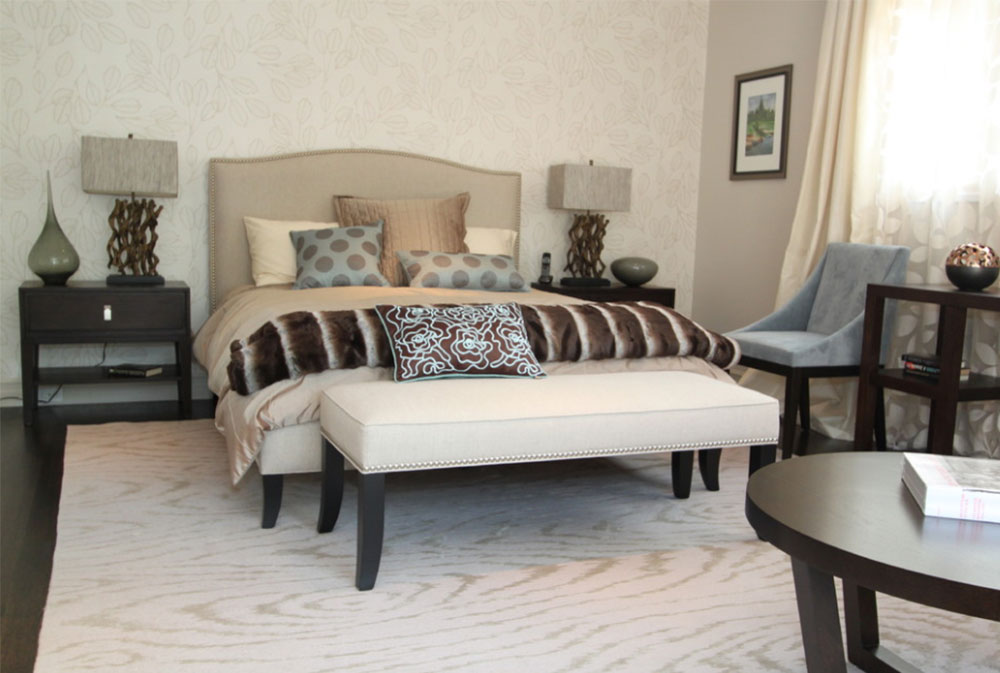
Image source: Nina sobiNina Design
Box springs are actually whole pieces of furniture – their height is 6 inches so that they can give the mattress the additional support and comfort it requires.
Owners of Casper-like foam mattresses are the target buyers of sturdier bed foundations, including Bunkie beds that provide additional support and keep the body in the right position.
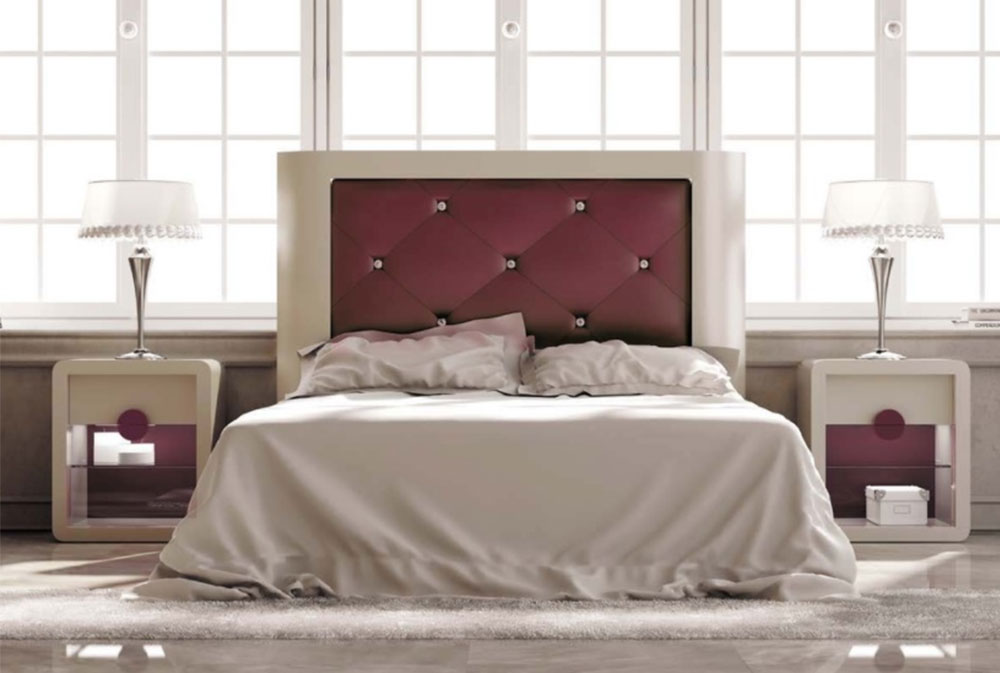
Image source: Macral Design Corp
To support spring mattresses, designers thought of box springs to push back the weight applied to the mattress and to support the body but do so with a number of pressure points. These points, however, are not the most comfortable ones, which is why people get Bunkie beds to eliminate such effect, and yet secure the appropriate shock absorption. You, therefore, don’t have to use a board instead of box spring support, but as a combination.
Bunkie boards and twin Bunkie boards may not help you build the bed of your dreams, but they will most certainly complement and enhance the one you have. A bunkie board for memory foam mattress choices ensures additional support for easy weight distribution.
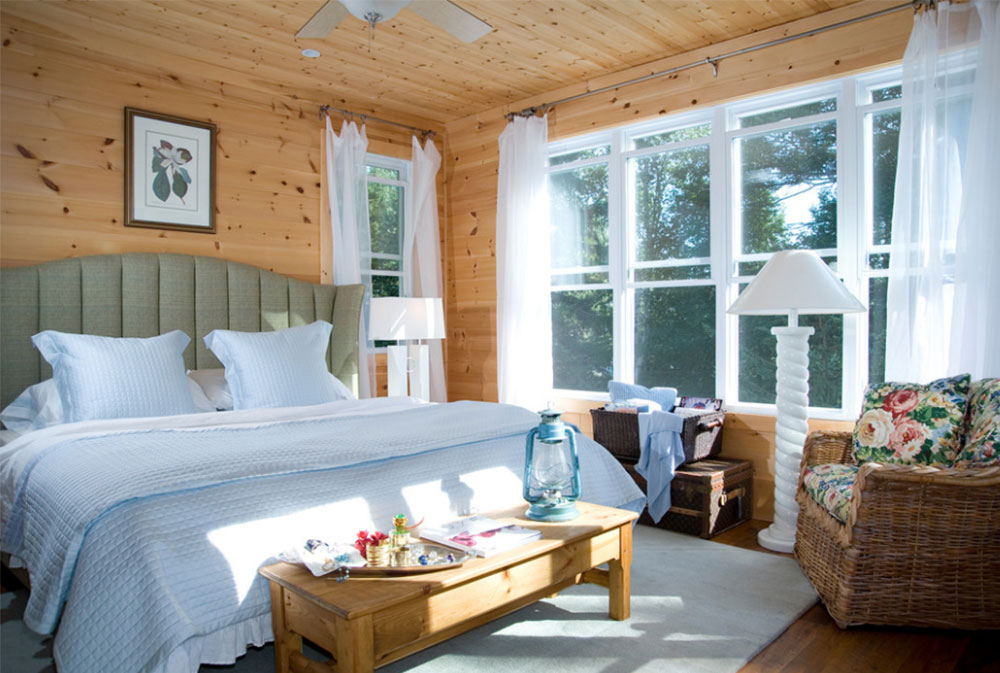
Image source: KellyBaron
The role of Bunkie boards here is to replace an uncomfortable spring box foundation, and keep the mattress flat and in place. Note, however, the Bunkie boards will not necessarily outlive your mattress.
DIY Bunkie boards – How to make one?
Step 1
Take the mattress off. Next, measure the area of the bed frame (both side-to-side and rail-to-rail) to get the idea of the space your mattress occupies. Then, subtract a couple of inches from the length and the width (basically an inch on all sizes), and you will get the ideal proportions for your Bunkie board.
The fact that your Bunkie board will be shorter than the bed’s edges will only help you, as you can wrap padded fabric/upholstery around it to make it softer, and less risky for your expensive mattress. Remember: the thicker the padding you choose, the smaller the board you will need.
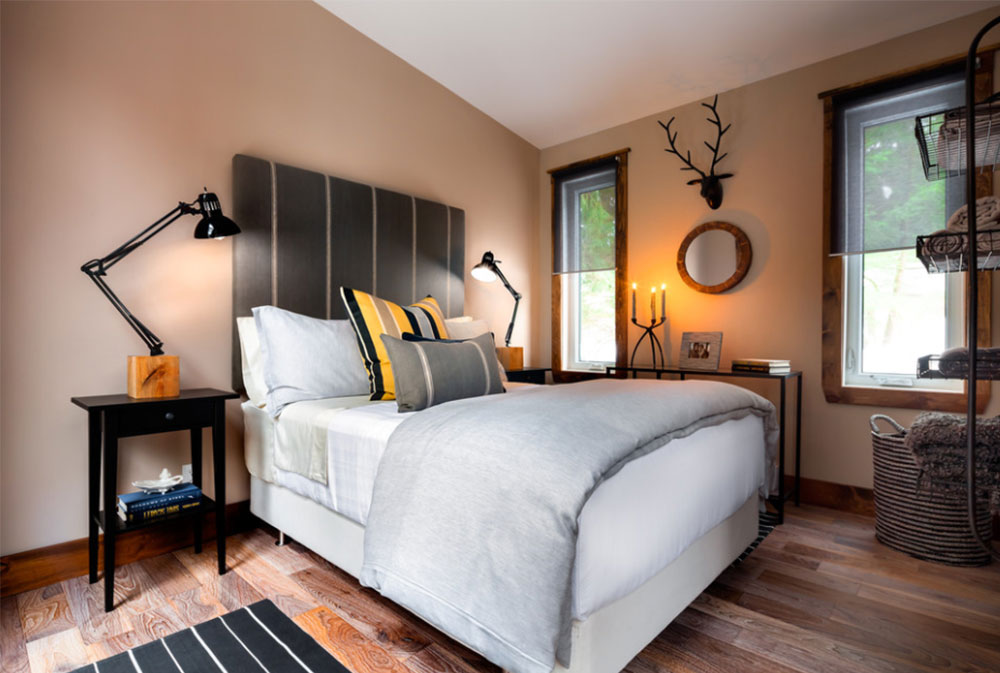
Image source: Colin & Justin
Step 2
Once you have a ¾ inch plywood board, cut it in the proper size. For the purpose, you can use a circular saw and carbide blade (designed specifically for plywood). For bunk beds and twin-size beds with 38 x 75 inches frames, you should cut a piece of 36.5 by 73.5 inches, or maybe an extra inch on the spans for thicker upholstery. This is the beginning of your bunkie board construction.
Step 3
Use medium-grit sandpaper to abrade the edges of our boards, as well as any bump or roughness you see on it. A good sander will get the job done in less than no time, and you will have a sleek and smooth board that won’t cause that much wear over time.
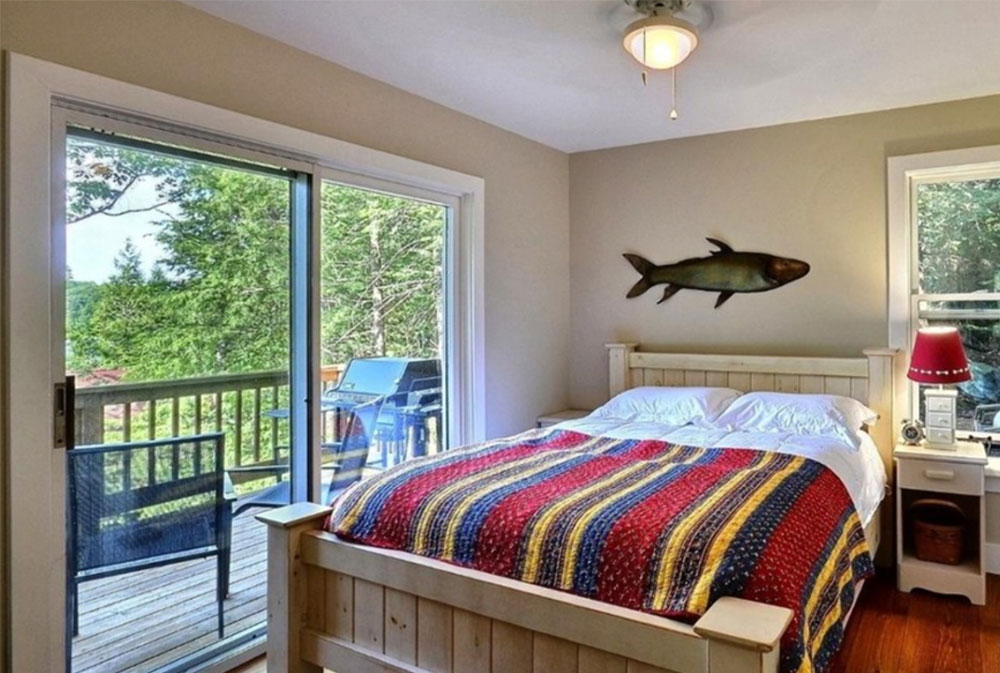
Image source: Clarke Muskoka Construction
Step 4
Bed boards benefit from being covered. Take the quilted upholstery, and spread it gently over the floor (or any other surface with the appropriate lengths) turning it upside down. Cut it into two pieces – one should go to the top and the other one to the bottom of the Bunkie board.
We recommend a bottom piece that measures the exact length and width of the board, and a slightly longer and wider top piece that you could wrap around the plywood board, and overlap it for easier stapling.
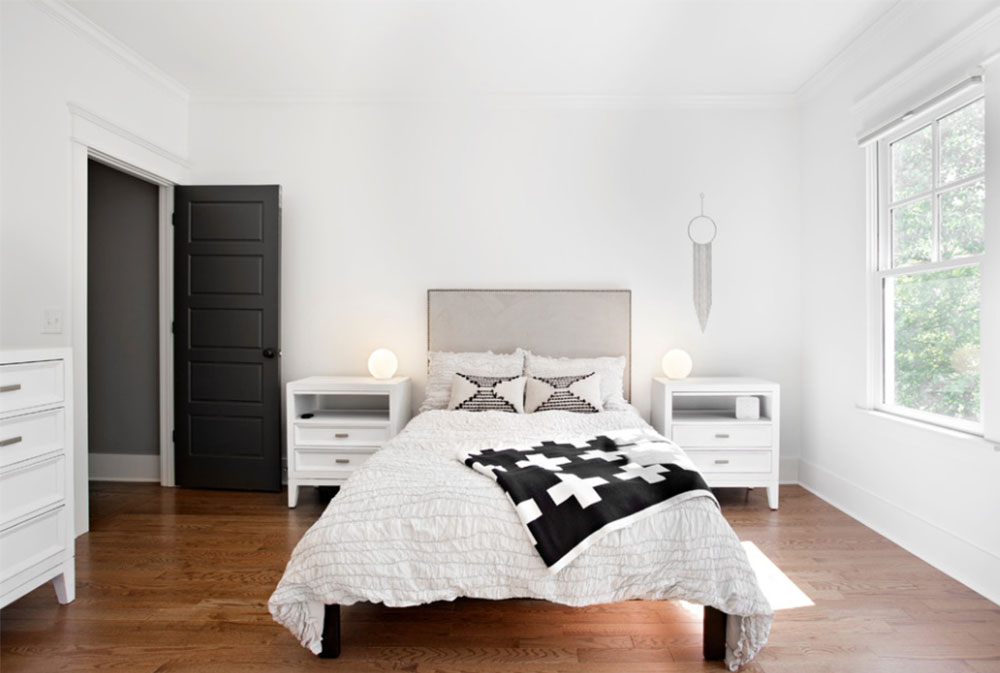
Image source: Caroline Sharpnack
Step 5
To give you the idea, think of a full-size 53 x 74 inch Bunkie board. You will need to cut a piece of fabric for the bottom in the exact size, and a 59 x 80 inches for the top, making sure that a few extra inches are left for the fabric to stretch properly. Adjust your measurements depending on the size of your bunkie board.
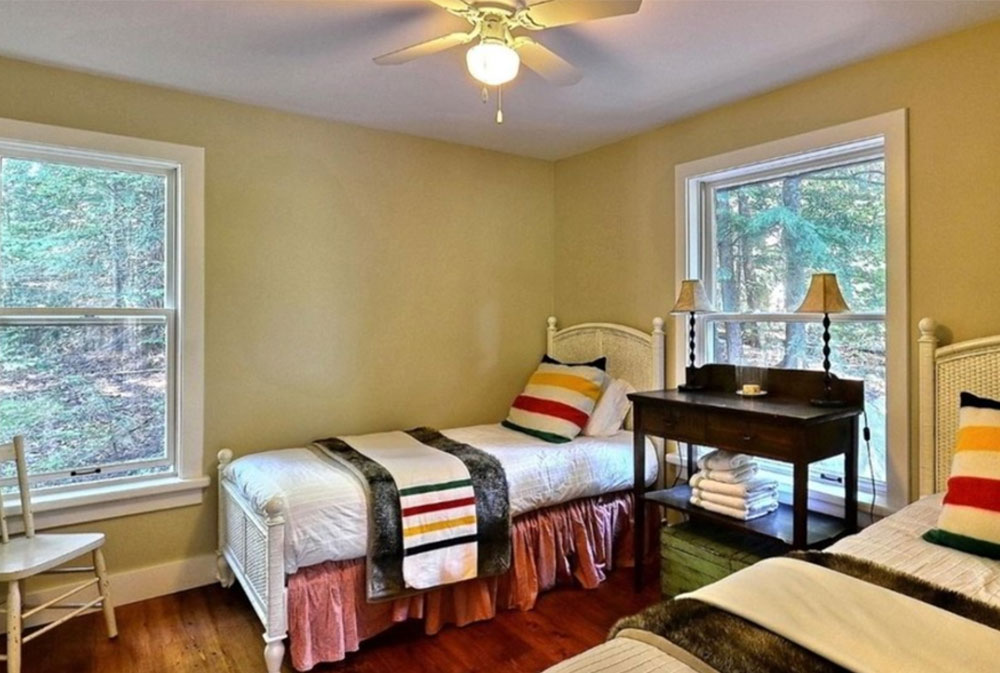
Image source: Clarke Muskoka Construction
Step 6
Turn the plywood on the upward-facing side, and spray it with fabric adhesive. Choose an exact-fitting upholstery for the bottom, smoothen it, and clean the dust and then center it widthwise and lengthwise. Flip the plywood again, and spray the current side with the same adhesive. Next, lay a slightly larger piece of the fabric over it, and fold and staple each of the corners to fix it.
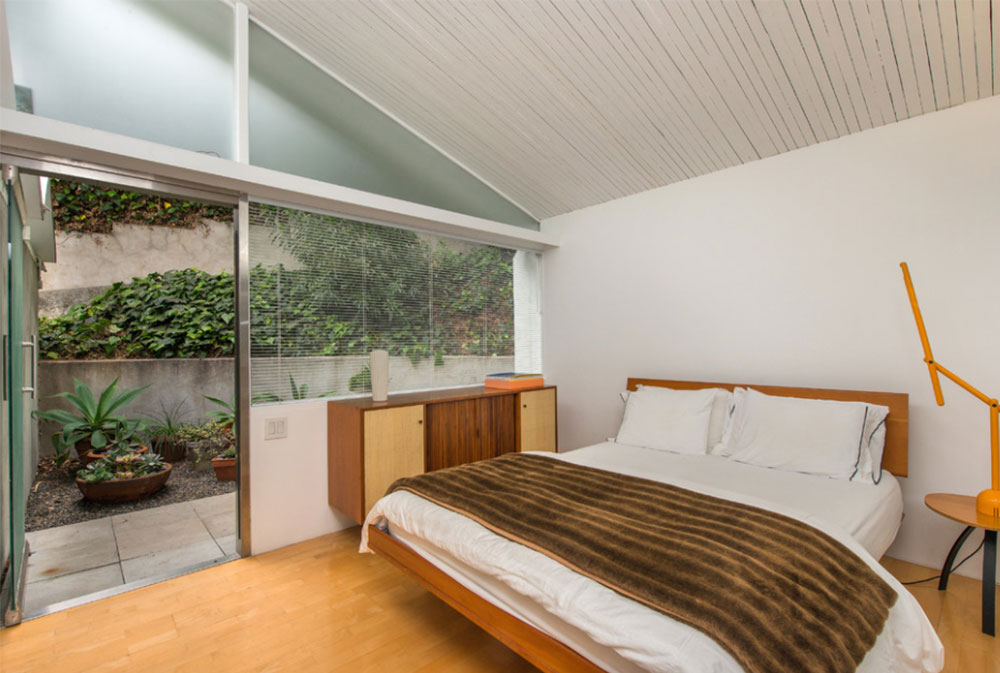
Image source: Modern Living LA
Step 7
Instead of trimming it, fold, and then staple the extra quilting onto the board. In such way, your overlapping corners and edges will be secured, and you’ll get a more padded finish.
And there you go. You now know how to make your own bunkie board.
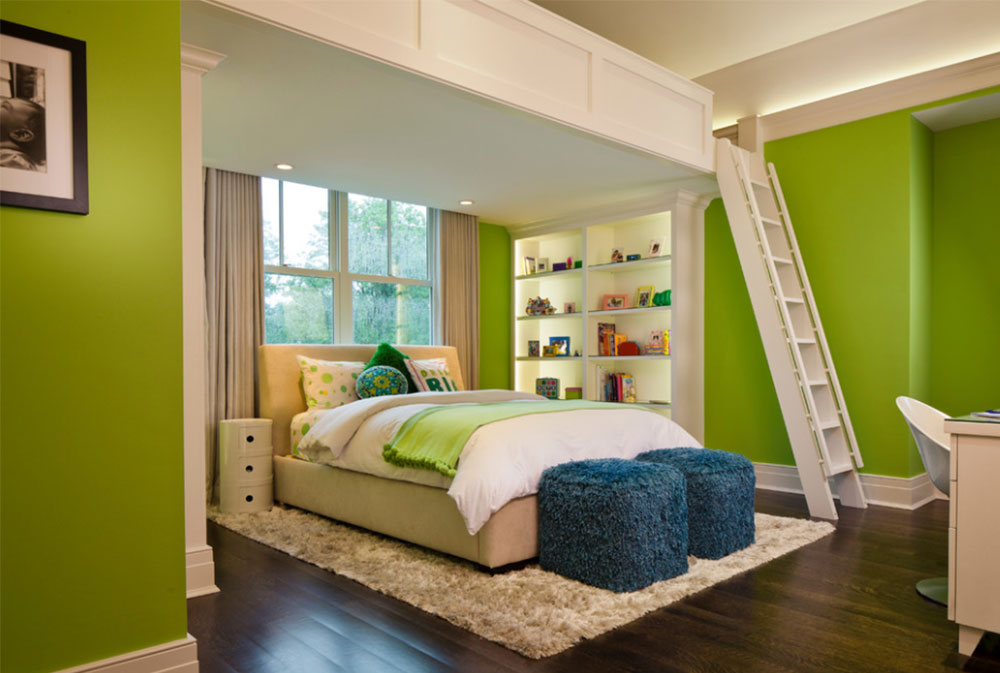
Image source: H. Gary Frank Architects
Ending thoughts
Bunkie boards’ ideal application is on bunk beds, and there are several reasons why. The first is the ceiling height in an average room, where people need enough space between their bed and the ceiling.
As bunk bed that needs spring boxes to support them, once the mattress is placed the overall height would be too raised. Bunkie boards come handy, as they are thinner, and provide just about the same support for the mattress without raising it.
However, you can use queen size bunkie boards, a king bunkie board, or a twin bed board in order to improve the lifespan of your mattress and the quality of your sleep.

